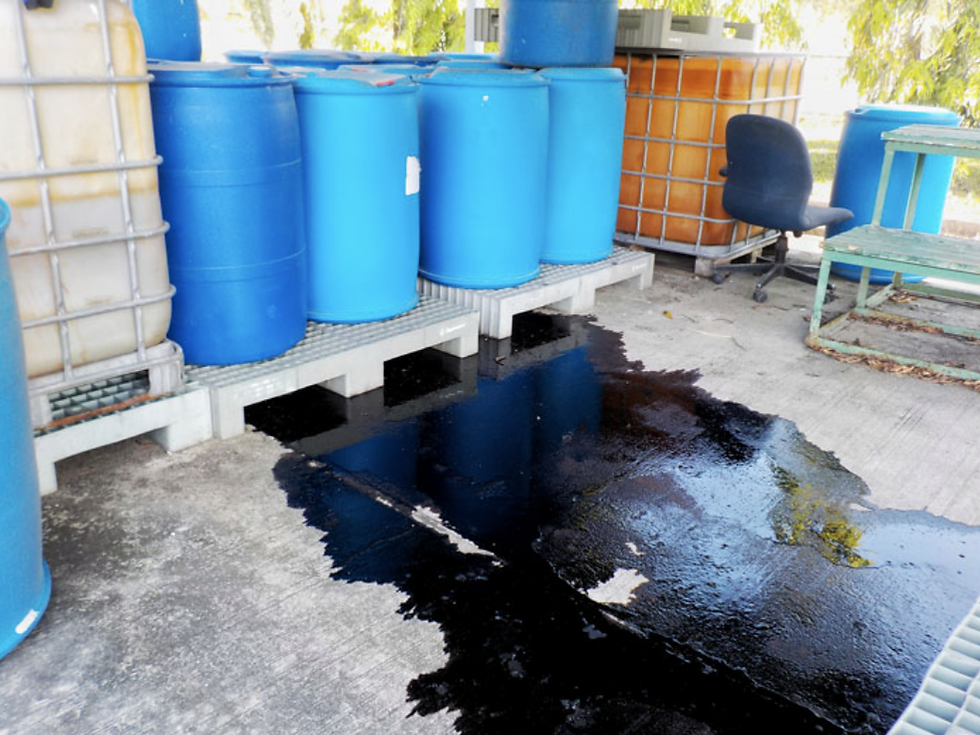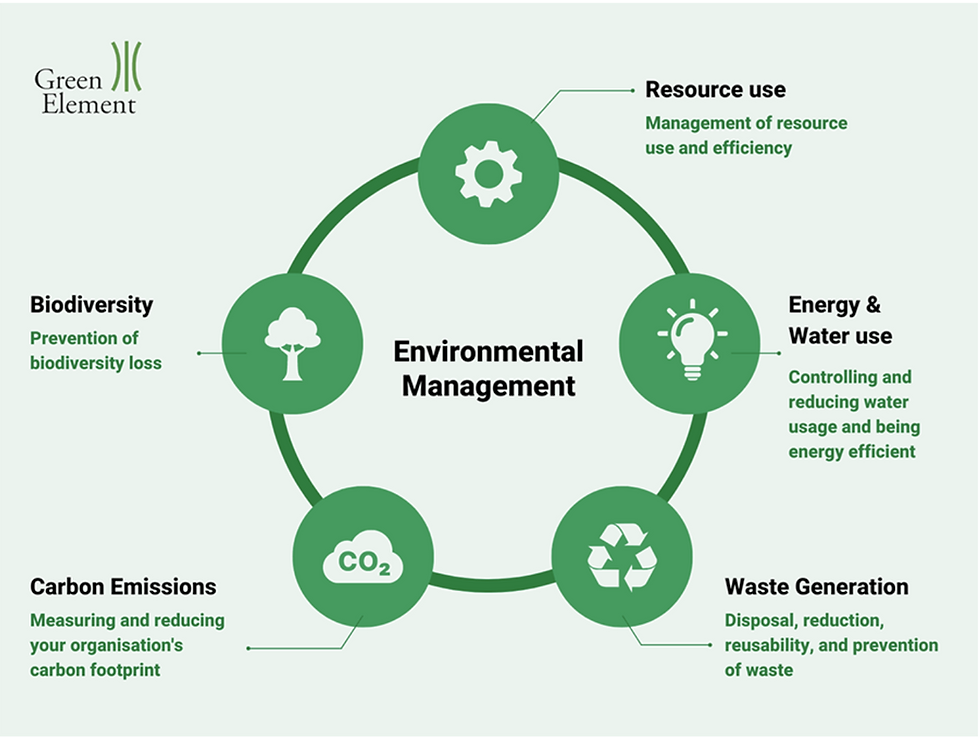Young people at work
- Dorset Health and Safety

- Feb 14, 2022
- 3 min read
Updated: Oct 27, 2024
When employing a young person under the age of 18, whether for work, work experience, or as an apprentice, employers have the same responsibilities for their health, safety and welfare as they do for other employees.
This blog will help young people and those employing them understand their responsibilities.

Work experience
Introducing students to the world of work can help them understand the work environment, choose future careers or prepare for employment. It can take the form of a short, or longer, placement with a placement provider (employer) where they will have the opportunity to observe and practice work tasks.
But work placement arrangements are too often seen as over-bureaucratic and burdensome, putting off potential employers. We must tackle this and stop over-interpretation of the law.
The effectiveness of the employer's risk management arrangements is what matters. Employers should already be managing the risks in their workplaces and are best placed to assess whether or not they need to do anything additional for a new young person joining them.
Schools and colleges, or those organising placements, should simply ask sensible questions, in proportion to the level of risk, to satisfy themselves that those arrangements are in place.
They should not be second-guessing employers' risk assessments or requiring additional paperwork.
An appreciation of risk and how to deal with it can be one of the biggest benefits offered by a placement. We need young people (those under 18) to be offered opportunities to develop new skills and gain experience across the world of work.
Placement providers (employers)
Under health and safety law, work experience students are your employees. You treat them no differently to other young people you employ.
If you are advised to do something that is contrary to, or goes beyond, this guidance you can question it by contacting HSE's Myth Buster Challenge Panel
Your existing employers' liability insurance policy will cover work placements provided your insurer is a member of the Association of British Insurers, or Lloyds, so there is no need for you to obtain any additional employer's liability insurance if you take on work experience students. The ABI website confirms this.
What you need to do:
Simply use your existing arrangements for assessments and management of risks to young people
if you have fewer than five employees you are not required to have a written risk assessment
Avoid repeating your assessment of the risks if a new student is of a broadly similar level of maturity and understanding, and has no particular or additional needs (the organiser or parent should tell you if they have)
if you do not currently employ a young person, have not done so in the last few years or are taking on a work experience student for the first time, or one with particular needs, review your risk assessment before they start
discuss the placement in advance with organisers and take account of what they and the parents or carers tell you of the student's physical and psychological capacity and of any particular needs, for example due to any health conditions or learning difficulties
keep any additional work in proportion to the environment:
for placements in low-risk environments, such as offices or shops, with everyday risks that will mostly be familiar to the student, your existing arrangements for other employees should suffice
for environments with risks less familiar to the student (eg in light assembly or packing facilities), you will need to make arrangements to manage the risks. This will need to include induction, supervision, site familiarisation, and any protective equipment needed
for a placement in a higher-risk environment such as construction, agriculture and manufacturing you will need to:
consider what work the student will be doing or observing, the risks involved and how these are managed
satisfy yourself that the instruction, training and supervisory arrangements have been properly thought through and that they work in practice
you may, in particular for higher-risk environments, need to consider specific factors that must be managed for young people, including exposure to radiation, noise and vibration, toxic substances, or extreme temperatures. Where these specific factors exist in your workplace, you should already have control measures in place. This will also apply to legally required age limits on the use of some equipment and machinery (eg forklift trucks and some woodworking machinery). Consider whether you need to do anything further to control the risks to young people
explain to parents/carers of children what the significant risks are and what has been done to control them. This can be done in whatever way is simplest and suitable, including verbally, and is very often done via the school or college
when you induct students, explain the risks and how they are controlled, checking that they understand what they have been told
check that students know how to raise health and safety concerns






Comments